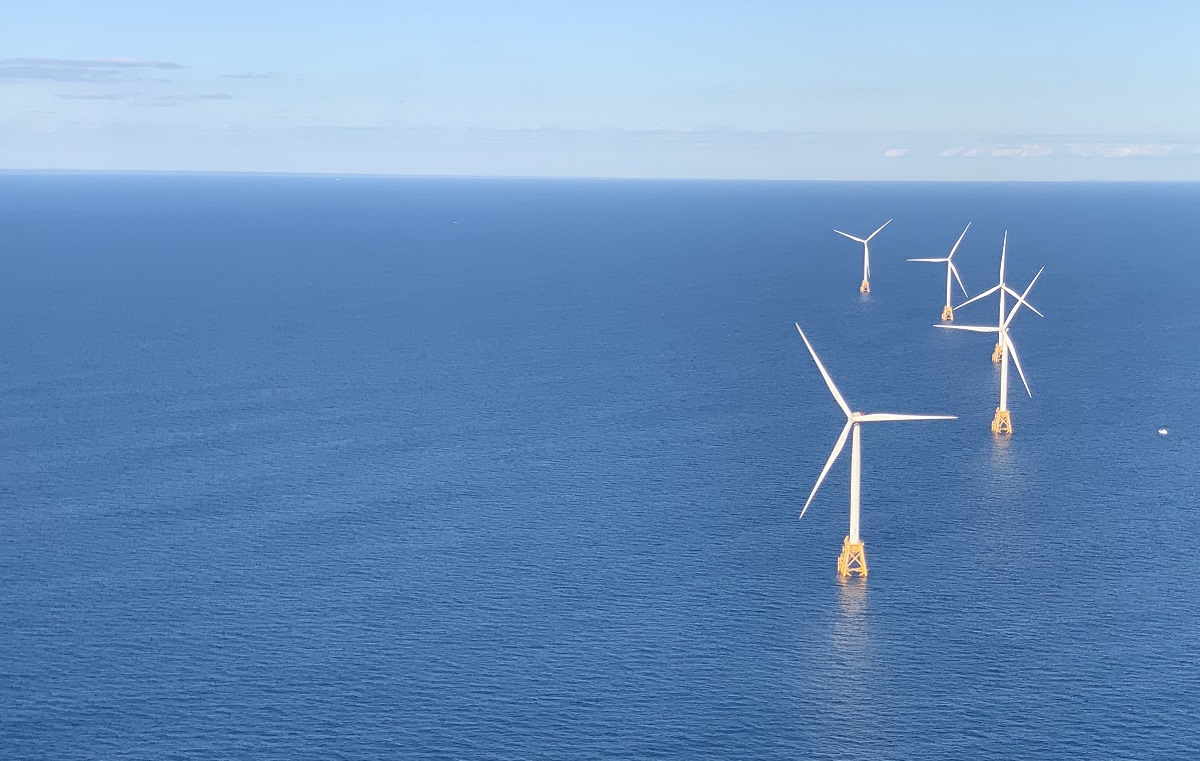UPDATED: On March 29, the Biden administration announced a far-reaching wind energy plan to dramatically expand the development of offshore wind farms off the United States’ East Coast to create jobs, protect the environment, and combat the climate crisis. This news, on top of the fantastic Vineyard Wind news from a few weeks ago, is another great sign of how seriously the Biden administration is taking the imperative to transition to clean energy.
----------------------------------------------------
The good news coming from the Biden administration has been very uplifting so far. It’s a joy to see strong actions being taken on climate and clean energy once again. This week’s great news came in the form of a final step for a new offshore wind farm in Massachusetts.
Earlier this week the Bureau of Ocean Energy Management (BOEM) released its Final Environmental Impact Statement (FEIS) for the Vineyard Wind project. According to Vineyard Wind:
“Located 15 miles off the coast of Martha’s Vineyard, Vineyard Wind 1 is slated to become the first large-scale offshore wind farm in the United States. With a generating capacity of 800 megawatts (MW), the project will provide ... clean electricity to power more than 400,000 homes, creating thousands of good-paying jobs, and reducing electricity rates by $1.4 billion over the first 20 years of operation. The project is also expected to reduce carbon dioxide emissions by 1.68 million metric tons annually, the equivalent of taking 325,000 cars off the road each year.”
Clear, practical, and repeatable standards and guidance for sustainable and responsible development are essential for the offshore wind industry’s success, and the Bureau of Ocean Energy Management has just provided that for Vineyard Wind. The purpose of the guidelines is to protect the marine environment while developing this new job-generating and climate-mitigating energy source.
BOEM’s statement provides a model for other offshore wind energy developments along the East Coast to replicate. That’s great news, because the East Coast has densely populated areas where energy demand is high, but new resource options are few—except for the massive untapped potential of offshore wind. The offshore wind industry could create 83,000 jobs by 2030 and deliver $25 billion in annual economic input by that same year!
It’s past time to push for more offshore wind. The US has a real opportunity along its coasts to produce inexpensive, clean energy that will provide living-wage jobs and investments in local communities, and combat the climate crisis, while protecting our ocean ecosystems. The Bureau’s decision today will go a long way in turning these opportunities into a reality from Maine to Florida. As I wrote last year, there is a big push already underway for more offshore wind to power the US.
Seven states have commitments to procure 20,000 MW of offshore wind by 2030—more than 650 times more than the 30 MW Block Island project. Those turbines will generate enough power to meet two-thirds of the electricity demand in New England. And they will be a $70 billion investment that will generate enormous new economic opportunities across the Eastern US.
We applaud the Biden administration’s commitment to responsibly develop offshore wind and give ocean-based renewable energy development a chance in America’s diversifying electricity markets.
We can’t wait to see the Vineyard Wind offshore wind turbines finished and delivering clean energy, which the company expects will happen in 2023.
